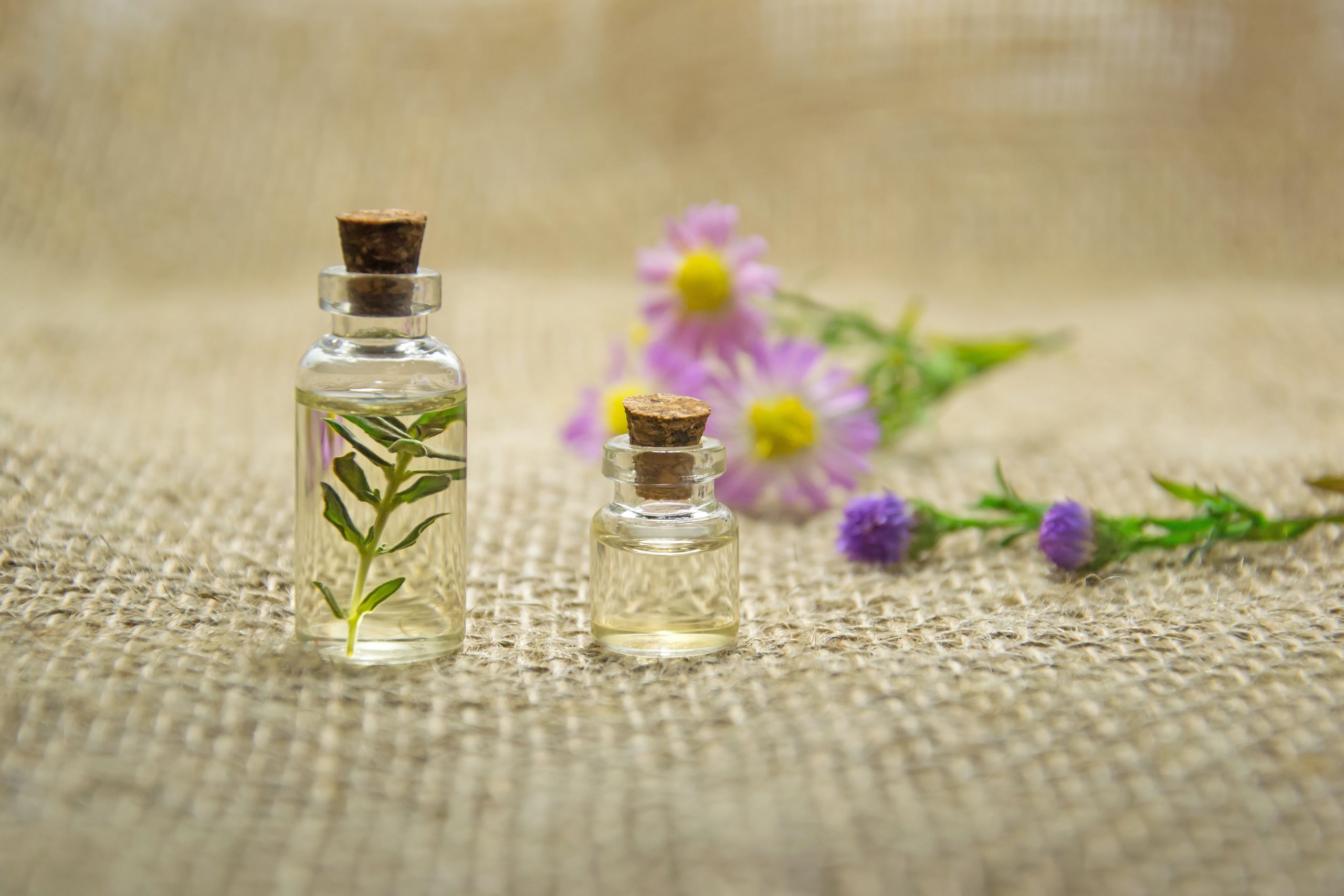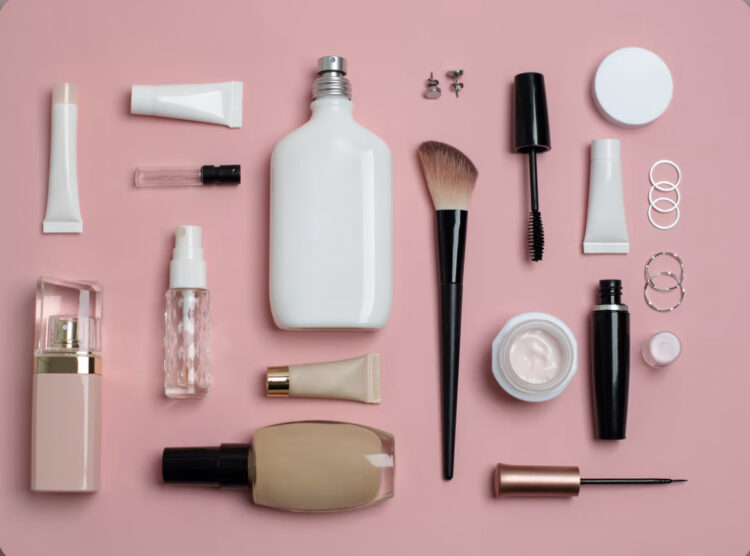Unless you’ve been living under a rock, your bathroom drawer or bedroom vanity has at least two skincare or makeup items.
But, in as much as you’ve been loading up your shelves with snail mucin-infused products and formaldehyde-free nail polish, the beauty industry is forever evolving, and it seems like ingredients are being canceled every other day.
So, how do you ensure you use the right skincare ingredients? How do you know which ingredients to invest in and which to avoid in your routines?
The best method would be to scour the internet for FDA cosmetic ingredient listings or book appointments with skincare experts for proper advice. But what do you do when you don’t have the time or the resources?
You check out this detailed guide. We did the assignment for you and combed through numerous texts and resources to come up with this ‘ingredients-to-avoid’ list – so check it out (it’ll only take a minute of your time – promise).
Keep reading for the intel.
Formaldehyde
Unless you embalm and preserve dead bodies, formaldehyde shouldn’t be a product you ever come into contact with. However, this ingredient is still present in some standard cosmetic products, like nail polishes and hardeners.
Formaldehyde is a known carcinogen and has also been associated with causing respiratory problems. It’s officially banned in the EU but listed as a safe product for use in limited concentration in nail products and unsafe for hair-smoothing treatments in the US.
Parabens & Phthalates
If there are ingredients skincare enthusiasts are cautious about in the 21st Century, it’s parabens and phthalates. These ingredients are continuously advertised to be bad for your skin, and for good reason.
Paraben and phthalates are synthetic compounds commonly used as preservatives and binding agents, respectively. They can be found in almost all the products we use daily, including shampoos, serums, sunscreen, and toothpaste.
Both ingredients have been shown to be carcinogenic. They might also trigger allergic reactions, hormonal disruptions, and fertility issues.
Regular use of products with these ingredients might also lead to paraben and phthalate buildup in your body since they’re easily absorbable.
The use of these parabens (isopropyl paraben, isobutyl paraben, phenyl paraben, benzyl paraben, and methylparaben) and phthalates for the production of cosmetics has been banned in the EU.
However, the FDA hasn’t imposed such a ban; therefore, lotions, perfumes, sunscreens, and many other US-manufactured products may still contain these ingredients.
Synthetic Fragrances

Synthetic fragrances have been used for a long time in the beauty industry. However, some of the ingredients used in manufacturing these fragrances can cause allergic reactions, headaches, dizziness, coughs, and even hyperpigmentation.
While all synthetic fragrances aren’t dangerous, the danger comes in with the lack of regulation pushing manufacturers to list all the ingredients used in making these substances.
Hydroquinone
Hydroquinone and products containing hydroquinone have long been lauded for their skin-brightening properties.
However, most don’t seem to know that regular use of this ingredient has been proven to lead to photosensitivity, a condition that leaves your skin ultra-sensitive to UV rays.
Hydroquinone is also considered a carcinogen, and while you can quickly still get it with a prescription in the US, the ingredient is banned for use in over-the-counter products.
PEG Compounds
PEG compounds in beauty and skincare products are mainly found in form of thickeners, moisture carriers, softeners, and solvents.
While the ingredient in itself isn’t cause for alarm, it can easily be contaminated with ethylene oxide and 1,4-dioxane during manufacturing, both of which are well-known carcinogens.
These ingredients are commonly used to manufacture creams, sunscreens, and shampoos.
Triclosan
Triclosan is commonly used as a synthetic antibacterial ingredient, with a potency similar to Agent Orange. The FDA banned the element for manufacturing antibacterial soaps, but this hasn’t halted its use in toothpaste and other body and household cleaning products.
According to the EPA, triclosan works similarly to pesticides. Additionally, it’s a known carcinogen that disrupts normal hormonal functions, leading to infertility and possible congenital disabilities.







